-
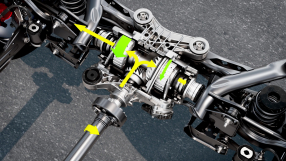
Audi RS 3 – Torque Splitter Audi RS 3 - Torque Splitter
Audi RS 3 - Torque Splitter
The Audi RS 3 prototype represents the epitome of unadulterated driving dynamics. This is Audi’s first vehicle to feature the RS Torque Splitter, which distributes drive torque between the rear wheels in a fully variable manner. This results in optimal stability and maximum agility – especially when cornering at high speeds.
- Available media:
-

-
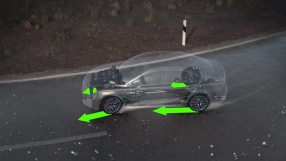
Audi S3 Sedan – Torque Splitter Audi S3 Sedan – Torque Splitter
Audi S3 Sedan – Torque Splitter
Following the RS 3, the torque splitter is now also available in the S3, increasing both agility and stability.
- Available media:
-

-
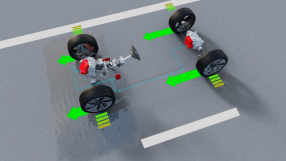
Audi Q8 Sportback e-tron – Electric quattro Audi Q8 Sportback e-tron – Electric quattro
Audi Q8 Sportback e-tron – Electric quattro
Improved efficiency, longer range: Drive system
The electric drive system in the Audi Q8 e-tron* meets the diverse demands that drivers place on a luxury SUV with a high-performance total package, offering superior traction, even in difficult road conditions or critical situations, thanks to the electric all-wheel drive. With its efficient powertrain, the Audi Q8 e-tron* boasts dynamic driving performance and thanks to improvements to many components of the drive concept, the Q8 e-tron* impresses with consumption values standard for its class, and increased range. The development team gave “the heart of the engine” a thorough update, as technical project manager Jens Müssig explains: “All the changes help to increase the range of the Audi Q8 e-tron* without diminishing its sporty qualities.” This is also true of the sportiest electric luxury SUV, the Audi SQ8 e-tron*. Powered by three electric motors – two on the rear axle, one on the front axle – it offers superior performance in both longitudinal and lateral dynamics with electric torque vectoring.
- Available media:
-

-
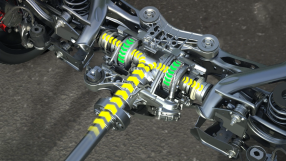
Audi RS 3 – RS Torque Splitter Audi RS 3 - RS Torque Splitter
Audi RS 3 - RS Torque Splitter
The Audi RS 3 prototype represents the epitome of unadulterated driving dynamics. This is Audi’s first vehicle to feature the RS Torque Splitter, which distributes drive torque between the rear wheels in a fully variable manner. This results in optimal stability and maximum agility – especially when cornering at high speeds.
- Available media:
-


-
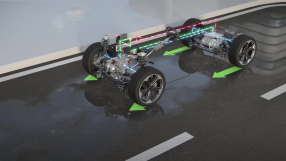
Audi Q4 Sportback e-tron – electric quattro Audi Q4 Sportback e-tron – Elektric quattro
Audi Q4 Sportback e-tron – Elektric quattro
In the electric all-wheel drive, the two electric motors work together with maximum efficiency. During moderate driving, the PSM in the rear works the drive on its own for reasons to do with efficiency and traction. When the driver asks for more power than it can offer, the front electric motor is activated – in just a few hundredths of a second
- Available media:
-


-
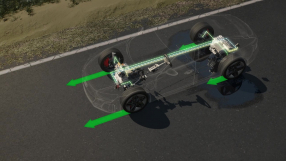
Audi RS e-tron GT – e-quattro Audi RS e-tron GT – Electric quattro and recuperation
Audi RS e-tron GT – Electric quattro and recuperation
The e-tron GT quattro (combined electric power consumption in kWh/100 km (62.1 mi)*: 19.6– 18.8 (NEDC), combined CO2 emissions in g/km (g/mi)*: 0) and the RS e-tron GT (combined electric power consumption in kWh/100 km (62.1 mi)*: 20.2–19.3 (NEDC), combined CO2 emissions in g/km (g/mi)*: 0) usually drive with electric all-wheel drive, with only the “efficiency” mode of the Audi drive select dynamic handling system prioritizing front-wheel drive. In the event of a slippery road surface, high power requirements, or fast cornering, more torque can be distributed to the rear wheels, and around five times faster than with a mechanical quattro drivetrain. The electric all-wheel drive regulates the drive torque distribution between the axles – continuously, fully variably, and within a few thousandths of a second. The quattro principle of the four-wheel drive that Audi introduced to the market more than 40 years ago presents itself on a new, fascinating technological level.
- Available media:
-


-
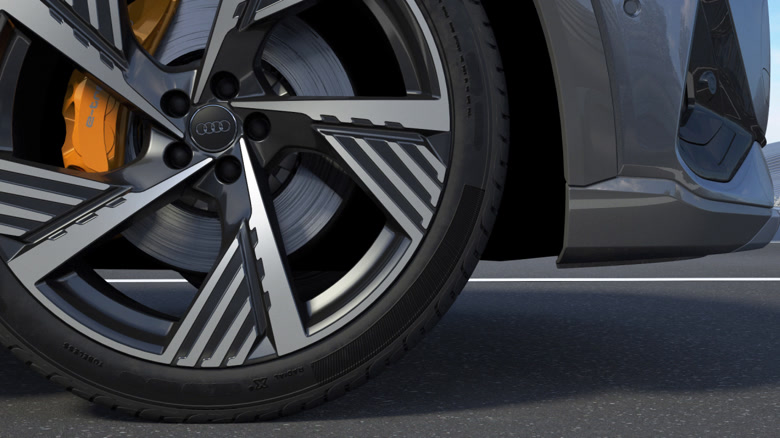
Audi e-tron Sportback - Electric quattro -
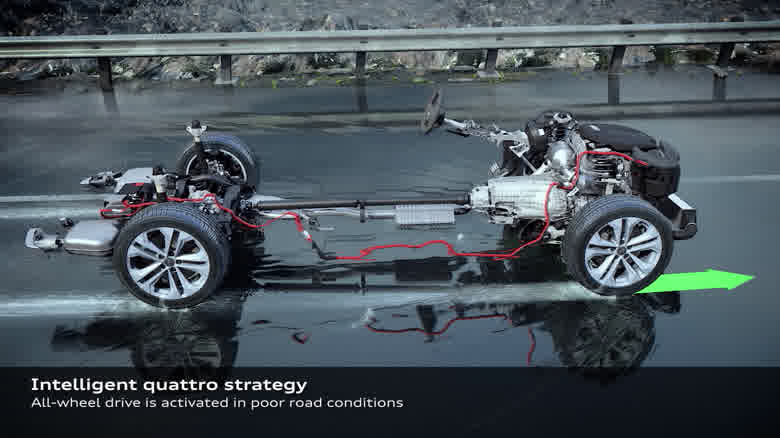
Audi A4 Allroad – quattro ultra and MHEV-Technology Audi A4 allroad – quattro ultra and MHEV-Technology
Audi A4 allroad – quattro ultra and MHEV-Technology
Thanks to its quattro all-wheel drive and ground clearance raised by 35 millimeters (1.4 in) the Audi A4 allroad quattro combines superb ride comfort and good offroad qualities. With the optional allroad-specific suspension with damper control, comfort and dynamism can be enhanced further.
- Available media:
-

-
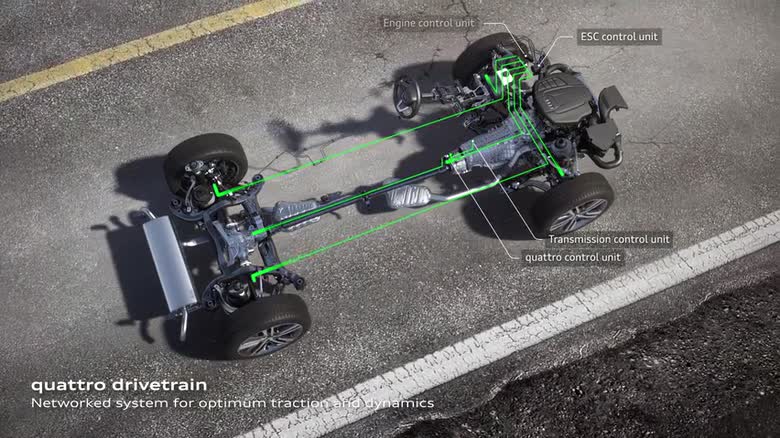
Audi Q5 – quattro with ultra-technology Audi Q5 – quattro with ultra-technology
Audi Q5 – quattro with ultra-technology
With the exception of the 3.0 TDI, all Q5 versions have the completely newly developed quattro with ultra technology. It offers maximum efficiency and does not perceptibly differ from permanent systems in terms of traction and driving dynamics.
- Available media:
-

-
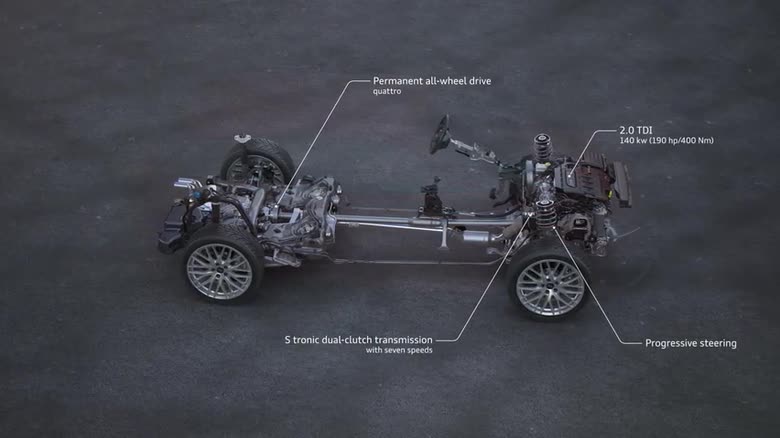
Audi Q2 – 2.0 TDI quattro S tronic Audi Q2 – 2.0 TDI quattro S tronic
Audi Q2 – 2.0 TDI quattro S tronic
The quattro permanent all-wheel drive system ensures optimal traction and handling under any road conditions. It comes standard with the 2.0 TFSI and the 2.0 TDI with an output of 140 kW (190 hp). It is optionally available for the 2.0 TDI with an output of 110 kW (150 hp).
- Available media:
-

-
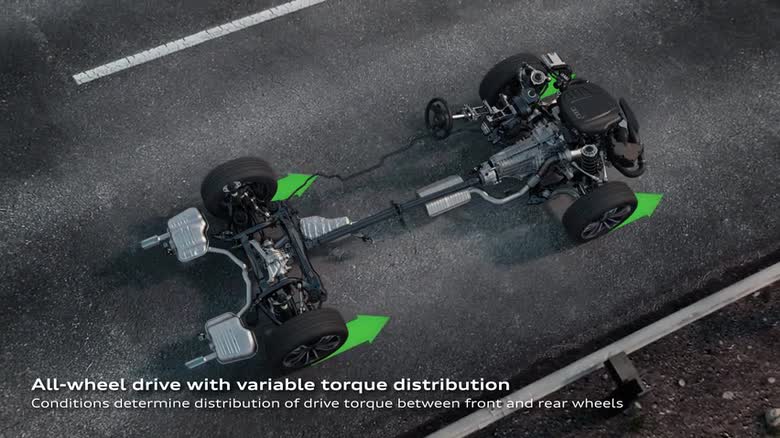
Audi quattro with ultra-technology Audi quattro with ultra-technology
Audi quattro with ultra-technology
With quattro permanent all-wheel drive, Audi has extended its lead over a period of more than three decades. Now it’s time for the next big step: quattro in combination with ultra technology.
The development goal of quattro with ultra technology is an all-wheel drive system optimized for efficiency with no discernible differences to permanent systems with respect to traction and driving dynamics. The system should set benchmarks in its class for fuel consumption and CO2 emissions, particularly under everyday conditions. With correspondingly equipped test vehicles, Audi developers used on average 0.3 liters/100 kilometers less fuel than with conventional all-wheel drive. The tests were conducted on a route throughout the Ingolstadt area and in normal traffic.
- Available media:
-

-
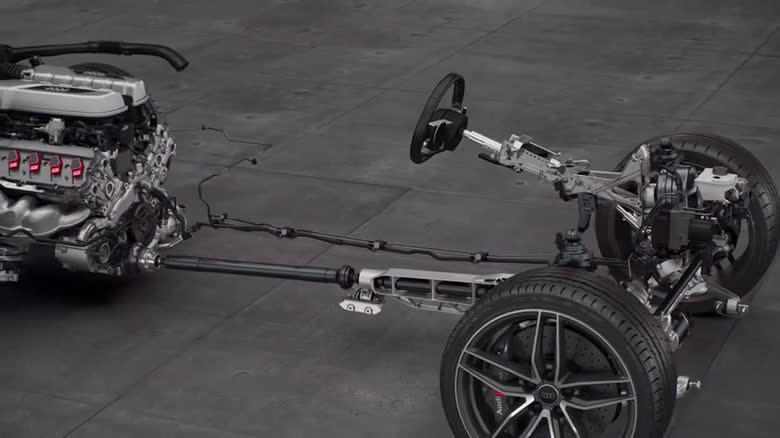
Audi R8 V10 Plus – Drivetrain The new quattro drive
The new quattro drive
In the powertrain, the lightning-quick shifts of the seven-speed S tronic dualclutch transmission, an optimized mechanical differential lock and a new electrohydraulically activated multi-plate clutch work together. The actively cooled allwheel drive system can distribute torque freely between the axles. The intelligent dynamic control system for the quattro drive is incorporated into the Audi drive select dynamic handling system that offers four basic modes.
In each mode, the new high-performance sports car expresses a different character – from relaxed freeway cruiser to race car on the circuit track. In the top R8 V10 plus model, a performance leather steering wheel is standard equipment. In its performance mode, it offers three additional modes: dry, wet and snow. They make handling even more precise and sharper, tuned to the friction coefficient of the specific road surface. The new technology is also available on the R8 V10, including the steering wheel that is used to select the special modes.
- Available media:
-

-
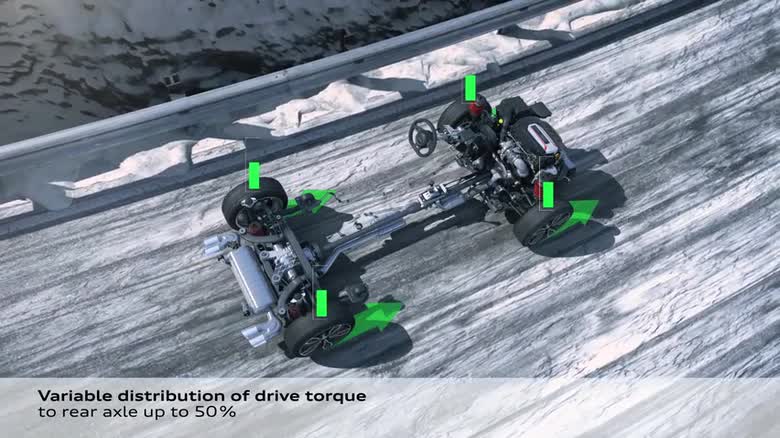
S1 quattro Electronically controlled multi-plate clutch
Electronically controlled multi-plate clutch
Like all Audi S models the Audi S1 and the S1 Sportback (7.0 / 7.1 liters of fuel per 100 kilometers [33.60 / 33.13 US mpg]; 162 / 166 grams of CO2 per kilometer [260.71 / 267.15 g/mile]) come with permanent all-wheel drive – another USP in this segment. Weight distribution constraints mean the hydraulic multi-plate clutch is mounted on the rear axle (axle load distribution: front 60 percent, rear 40 percent). Depending on the driving situation, the electronically controlled clutch distributes the drive torque between the axles. If one of the axles starts to slip, the torque is instantly redirected to the other axle. The management of the multi-plate clutch is decidedly dynamic. It allows controlled drifts on a road surface with a low coefficient of friction in sport mode or with deactivated ESC.
- Available media:
-

-
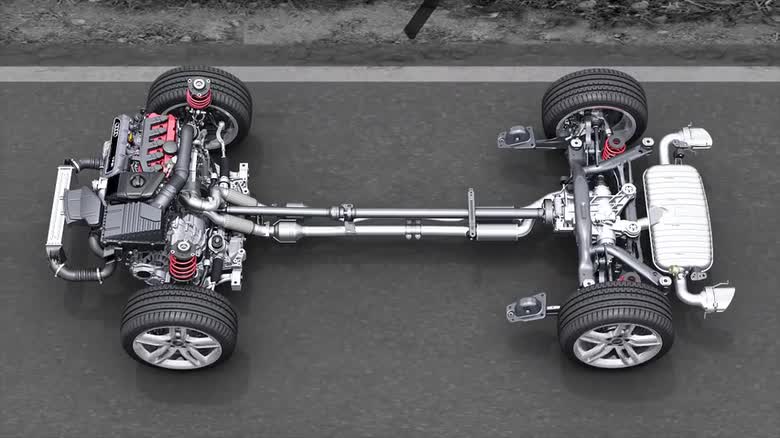
Hydraulic multi-plate clutch Hydraulic multi-plate clutch
Hydraulic multi-plate clutch
The Torsen differential is an excellent solution for a longitudinal engine and a drivetrain that runs in a straight line to the back. Audi chose an entirely different technology for the transverse-mounted engines in the compact models – an electronically controlled and hydraulically actuated multi-plate clutch. It first appeared in 1998 in the TT quattro and the A3 quattro.
- Available media:
-


-
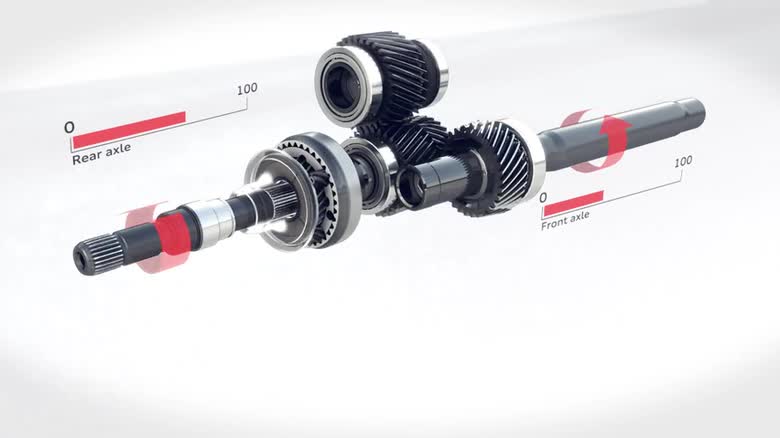
Audi RS7 Self-locking center differential Self-locking center differential
Self-locking center differential
In 2005, Audi set off the next stage in the evolution of its classic quattro drive system in the second-generation RS 4. The new self-locking center differential, which is used in many models today, remained true to the principle of mechanical function, yet represented significant progress over the Torsen differential.
- Available media:
-


-
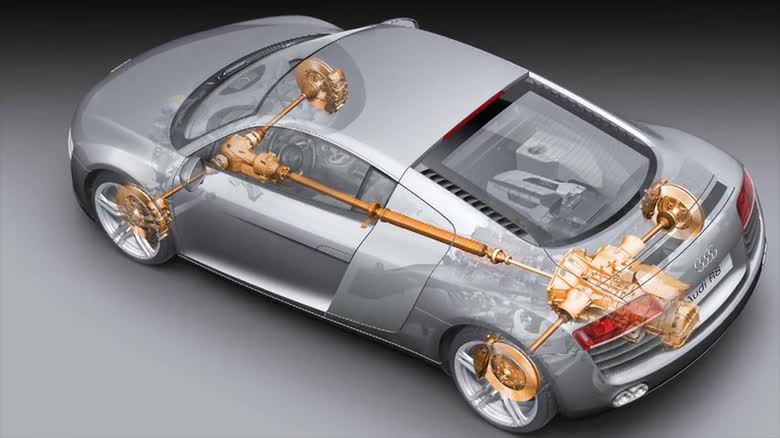
Viscous coupling Viscous coupling
Viscous coupling
The Audi R8 high-performance sports car occupies a special position in the Audi model range – and this extends to its packaging and its drive system. The mid-mounted engine is arranged longitudinally at the rear of the car in front of the rear axle, with the gearbox right behind it. It also includes an auxiliary drive for a prop shaft running past the engine on the side and up to the front axle.
- Available media:
-


-
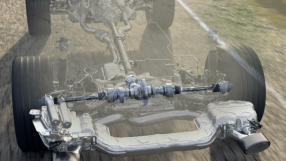
Sport differential function Sport differential
Sport differential
The self-locking center differential in the classic quattro drivetrain does an excellent job of distributing the power between the axles. To make driving even more dynamic, Audi introduced an additional component in the dynamic S4 Sedan in late 2008 that actively splits the torque between the wheels of the rear axle – the sport differential.
- Available media:
-


-
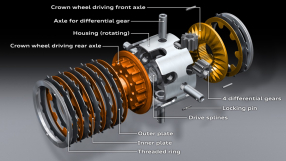
Crown gear differential
Crown gear differential
Exactly 30 years after the debut of the first quattro, Audi introduced the latest evolutionary stage of its permanent all-wheel drive system for longitudinal front-mounted engines – quattro drive with crown gear differential and torque vectoring.
- Available media:
-

-
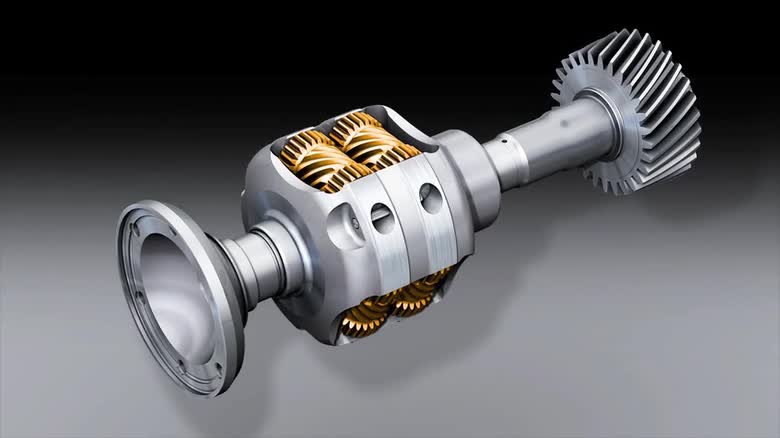
Torsen differential Torsen differential
Torsen differential
With the debut of the Audi 80 quattro in fall 1986, Audi introduced a new center differential – a component that was still strictly mechanical, but highly efficient. The name Torsen was a contraction of the words “torque” and “sensing.” The Torsen differential had already proved itself in the world of technology as a high-tech rear axle differential; Audi developed it further for use as a center differential.
- Available media:
-


-
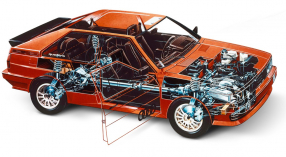
Bevel gear center differential
Bevel gear center differential
The first Audi quattro, which debuted in spring 1980, was a technical sensation. Its permanent all-wheel drive was lightweight, compact and fast-running, thus making it suitable for high speeds. The elegant quattro principle did not need the heavy, separate transfer case and weighty auxiliary shaft to the front axle that were the standard at the time. It was the first volume-built permanent all-wheel drive system suitable for fast and sporty cars.
- Available media:
-
